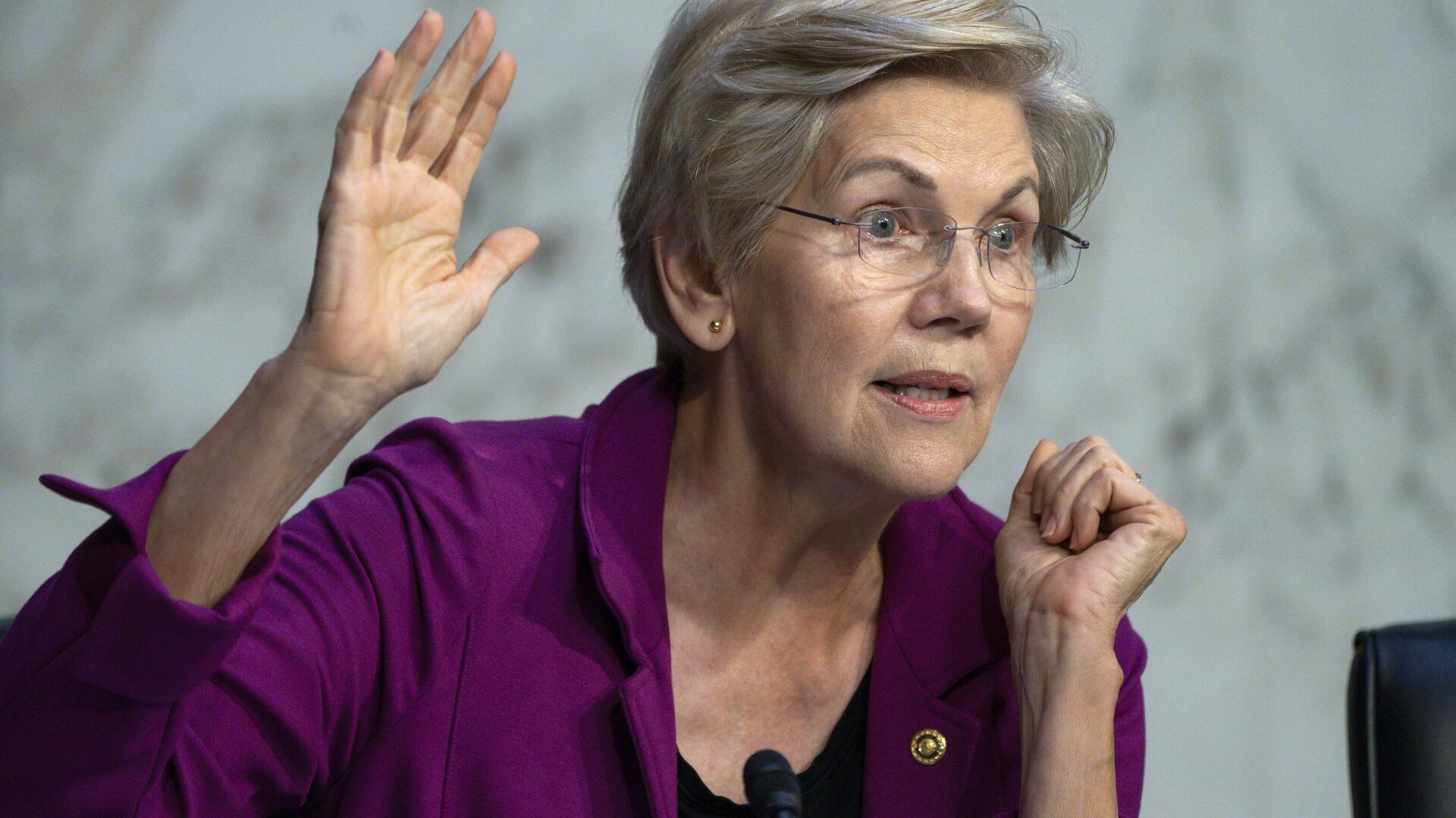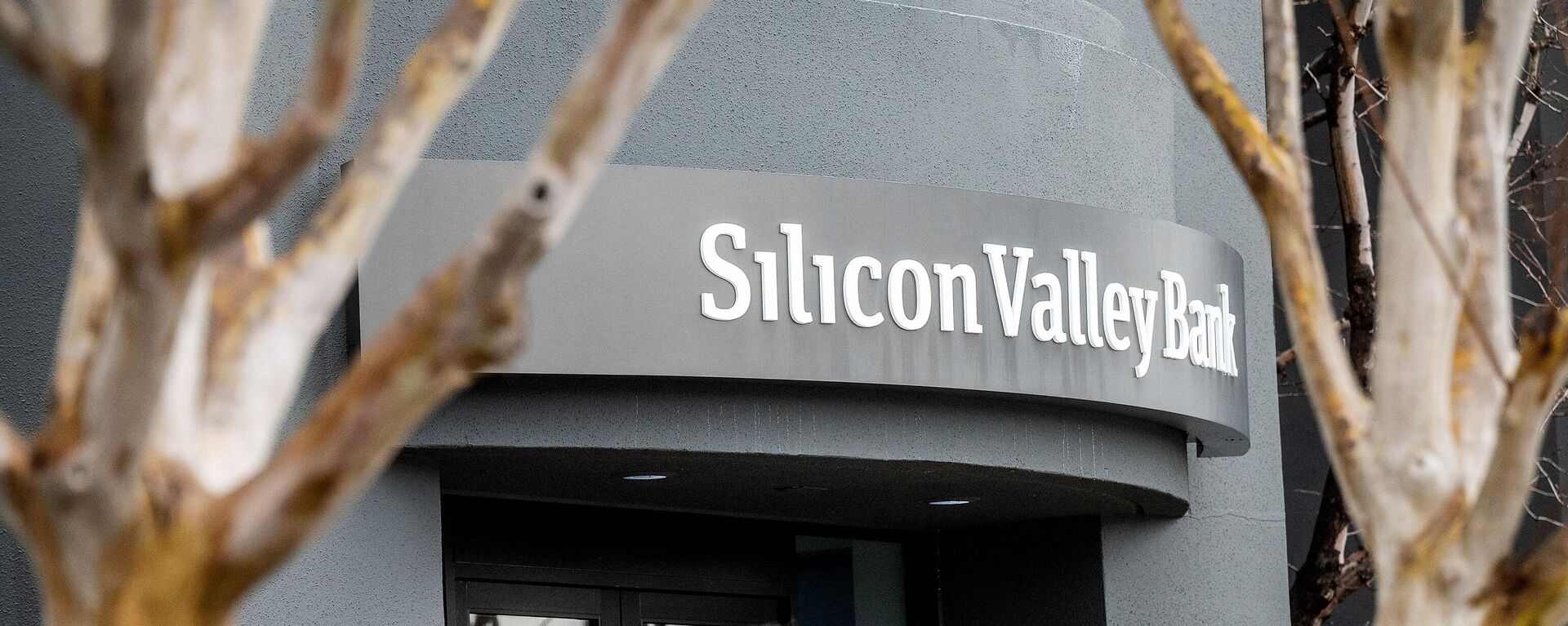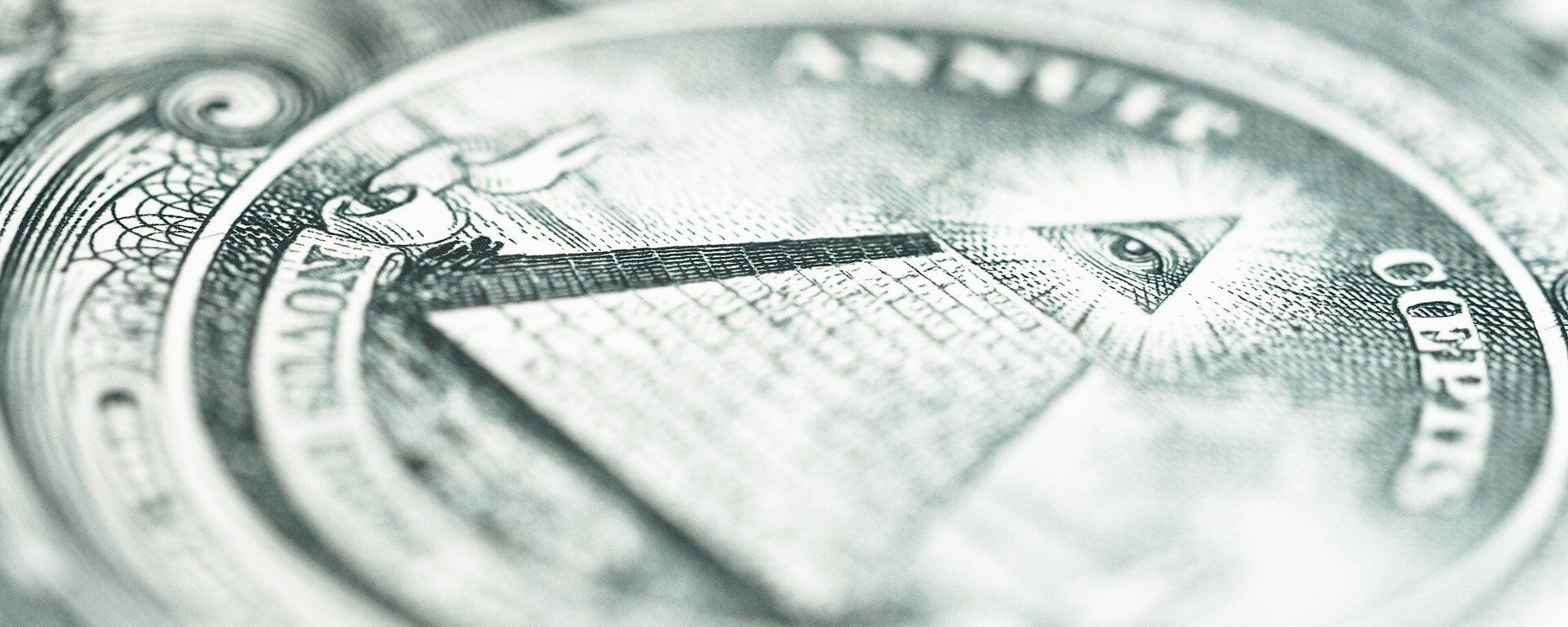Sen. Warren Pins Blame for Bank Collapses on Congress for ‘Weakening Financial Rules’

© AP Photo / Jacquelyn Martin
Subscribe
As the second US bank has failed in as many days and the federal government rushes to plug the breach in the financial system before it becomes a torrent, one of the most prominent US champions of financial regulation has spoken up to say: I told you so.
“No one should be mistaken about what unfolded over the past few days in the U.S. banking system,” US Sen. Elizabeth Warren (D-MA) wrote in a Monday op-ed in the New York Times. “These recent bank failures are the direct result of leaders in Washington weakening the financial rules.”
“In the aftermath of the 2008 financial crisis, Congress passed the Dodd-Frank Act to protect consumers and ensure that big banks could never again take down the economy and destroy millions of lives. Wall Street chief executives and their armies of lawyers and lobbyists hated this law. They spent millions trying to defeat it, and, when they lost, spent millions more trying to weaken it,” she wrote.
“Greg Becker, the chief executive of Silicon Valley Bank, was one of the many high-powered executives who lobbied Congress to weaken the law,” Warren continued. “In 2018, the big banks won. With support from both parties, President Donald Trump signed a law to roll back critical parts of Dodd-Frank. Regulators, including the Federal Reserve chair Jerome Powell, then made a bad situation worse, letting financial institutions load up on risk.”
At the time, SVB argued it was too small to require such strong oversight, but by the time the Federal Deposit Insurance Corporation (FDIC) took over the bank on Friday, SVB had become the 16th largest bank in the country, with more than $200 billion in assets.
The FDIC is a government-owned corporation used to provide deposit guarantees for member banks in order to prevent bank runs. It was created in 1933 during the Great Depression, which was set in motion by a financial collapse that began with bank runs as depositors scrambled to withdraw funds that banks had lent out to other institutions in a bid to make more money.
Warren called on Congress to repeal the 2018 bank deregulation law, which changed the rules about which banks were classified as “too big to fail,” and thus requiring more government scrutiny in order to avoid another crash like that in 2008. The law raised the cap from $200 billion to $250 billion, meaning Silicon Valley Bank was watched less closely than it otherwise would have been.
US President Joe Biden echoed Warren on Monday, condemning his predecessor and saying he was “going to ask Congress and the banking regulators to strengthen the rules for banks.”
"Americans can rest assured that our banking system is safe,” Biden added. “Your deposits are safe. Let me also assure you, we will not stop at this. We’ll do whatever is needed."
The bank’s collapse was aided by the uncertainty created by the Federal Reserve’s steady increase of interest rates over the last year. The central bank has raised its Effective Federal Funds Rate, which governs how much money banks are required to keep on hand instead of lending out to other banks overnight, in an attempt to stop the depreciation of the US dollar’s value - also known as inflation. The EFFR changes also changed the return value of the bonds in which SVB invested much of its capital, severely depreciating their value and creating doubts about SVB’s ability to access its money. Panic did the rest.
The FDIC has announced it is guaranteeing all the deposits up to $250,000, the amount set by the Dodd-Frank law, and paying them out to depositors over the next 90 days and dissolving SVB as an entity. Despite this, SVB’s collapse has triggered a second bank’s downfall as well, creating fears the instability could continue to spread.
Signature Bank’s collapse on Sunday was also triggered by a bank run by depositors anxious about their accounts after SVB’s collapse, but its instability was created by risky cryptocurrency deposits - one of the few banks to allow such a practice. Its assets totaled less than $100 billion, according to US media reports, but many of its depositors had massive accounts far above the $250,000 insured by the FDIC, making a bank run devastating when it came.
The Federal Reserve said in a Monday statement it would “make available additional funding to eligible depository institutions” to stop further anxiety-fueled bank runs.





